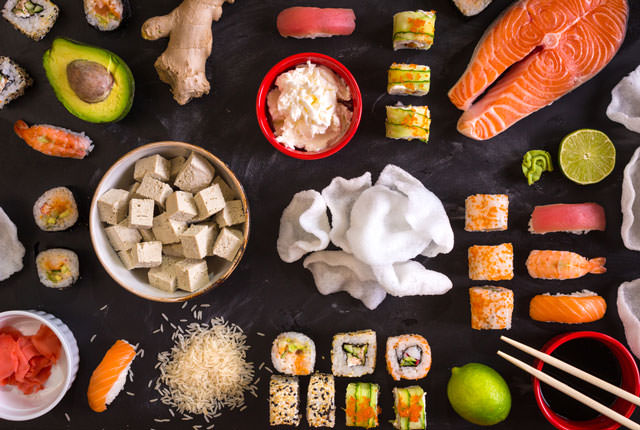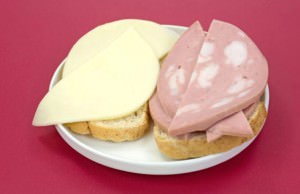This Japanese Diet Has Been Linked To A 15% Longer Lifespan

Have you ever heard the saying that someone has a chance to “outlive a Japanese person?” It usually refers to people who are extremely healthy and are expected to reach some pretty impressive numbers in terms of age. The high life expectancy that the Japanese enjoy is, according to a new study, heavily linked to the nation’s healthy diet.
The population of the ancient island nation has one of the lowest mortality rates in the world, and this could be due to the fact that their diets are high in certain carbohydrates that can be found in both rice and vegetables. If you’ve ever seen what an average Japanese meal looks like, you know what we’re talking about.
Combined, these foods make for a diet low in all the bad stuff, including saturated fats and processed foods, and high in all the good stuff, including carbohydrates and vitamins.
Back in 2005, the Japanese government outlined a recommended food guide for the entire nation. Now, 11 years later, researchers at the National Centre for Global Health and Medicine in Tokyo are pretty sure that the food guide affected the country’s mortality rate in the best way possible.
The team analyzed food and lifestyle questionnaires completed by over 35,000 men and nearly 43,000 women aged between 45 and 75. They made sure to question only people who’ve had no history of cancer, stroke, heart, or chronic liver diseases. These participants were tracked for 15 years, and it turned out that participants who closely followed the food guide had a 15% lower mortality rate.
Additionally, they were less likely to suffer from a wide range of diseases, such as the cerebrovascular vascular disease, a condition caused by problems with blood supply to the brain. In the end, it appears that the Japanese diet does hold the secret to longevity.

The specific numbers are also pretty impressive. According to the World Health Organization, Japan is the definite leader in the category of overall life expectancy, standing at an impressive 84. Female life expectancy is 87, which tops the chart. Male life expectancy is 80. In 2015, the average life expectancy reached 83.3 years old.
The study concluded that their findings prove that a balanced consumption of energy, grains, vegetables, fish, meat, fruits, eggs, soy products, dairy products, confectionaries, and alcoholic beverages can contribute to longevity, mainly due to the prevention of cardiovascular disease.
Cardiovascular research scientist at St. Luke’s Mid America Heart Institute James DiNicolantonio, who wasn’t involved in the study, explained that we can learn a lot about how to be healthy from the Japanese. Basically, it amounts to a combination of eating the right food and regularly exercising. Keep in mind that food low in saturated fats is important in any person’s diet.
The summary of the diet proposed by the Japanese government is this: every person should aim to eat 5-7 servings of grain dishes (rice, bread, noodles, pasta), 5-6 servings of vegetables, 3-5 servings of fish and meat, 2 serves of milk or milk products, and 2 serves of fruit.
In this context, don’t expect to see colossal serving sizes in the average Japanese diet – each of these servings is quite small. For vegetables, it doesn’t go more than 70 grams per serving. You can also notice that they recommend lots of water or tea consumption. Moreover, people are advised to engage in physical activity on a regular basis.
While nobody can deny the significance of such a study or its success, it’s crucial not to forget that the researchers only considered Japanese people living in Japan – there’s absolutely no way we can be sure that the same diet would result in the same effects on people in other countries.
That being said, the Japanese guidelines are similar to lots of recommended diets in Western countries, so it can’t hurt to take them into consideration when creating your own diet plan.









